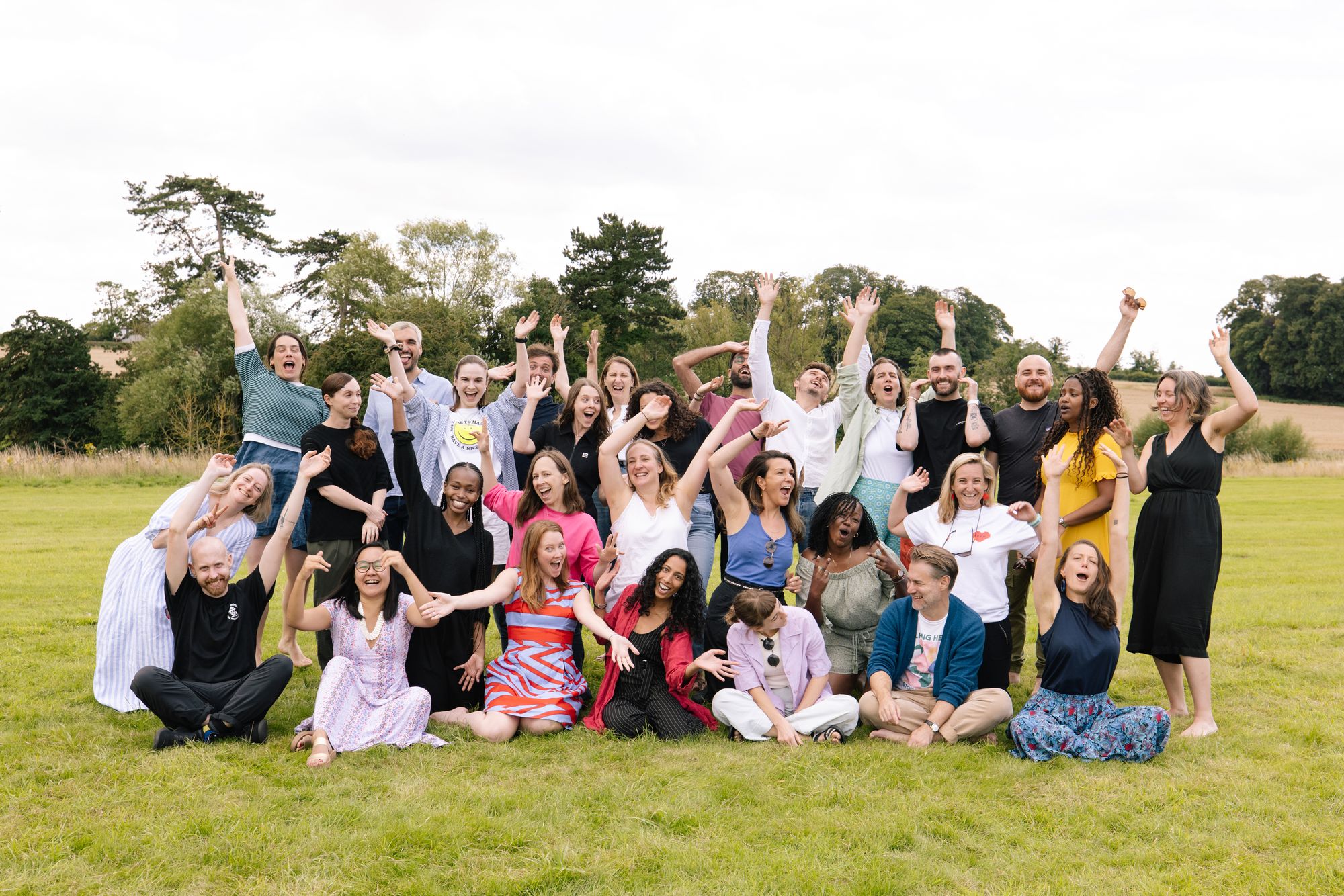
Everyone has had ‘that’ boss. The one who pits people against each other rather than doing the hard work of helping them work together. The one who shames when he (and it usually is he) could be encouraging. The one who doesn’t want to hear anything that isn’t about closing the next deal and meeting the next target.
As a consultant, I encountered more than my fair share of both good and bad: really inspirational leaders and others who made you grateful that your contract had an end-date in sight.
Based on that experience, I’d like to be able to say that it doesn’t work. That the borderline bullying, divisive and winner-takes-all approach to management is doomed to failure every single time. It would confirm every one of my biases to report that the bad guys can’t win. But it isn’t that simple...
Because, though it pains me to admit it, I have seen managers like this succeed. Driving hard can drive results, even if your only friends will be in the finance department. Especially in a sales-focused environment, where the churn of people is high, incentives are paramount and the quarterly target is king, the kind of manager most people run a mile from can be a winner.
But the circumstances in which they succeed are painfully limited. Give that kind of person a complex problem, and all the bluster, bravado and brute force management in the world won’t yield an inch of progress.
Only a team can build
The truth is that when you are trying to develop something that doesn’t exist, or piece together a puzzle that has already defeated others, it takes a team. If you actually want to build, as opposed to squeezing residual value out of a system that already exists, then you need the different perspectives, contrasting skills and collective purpose that only arises from a group of brilliant people, working in an environment that allows them to innovate.
To build the product, platform or service, you first have to build the environment for it to emerge. Creating that environment is one of the hardest things about innovation, because all of us have some of that archetypal bad manager in us. The urge to slap down obviously bad ideas and demand regular updates is strong, so much so that, for many people, it becomes irresistible. Creating a conducive environment requires leaders to fight some of their own most deep-seated instincts about how to get things done.
The problem with those instincts is that they erode the one thing that makes innovation teams tick – the sense of psychological safety that follows from an environment where people feel able to take risks, to put forward ideas that might not work, and to know that they won’t be made to feel embarrassed for doing so.
The nature of innovation is that it must involve plenty of hypotheses that lead to dead-ends and disagreements – often impassioned – within teams about how best to proceed. Progress will only happen when people feel safe to explore those possibilities and have those arguments within an environment of mutual respect.
How can leaders and managers go about building an innovation environment?
Let me offer three suggestions:
It starts with learning the difference between being negative and being critical.
On our team, we say that negativity is the easy job. Anyone can point out flaws or pitfalls in an idea that’s only in the early stages of being formed. Much harder is to be the critical friend, offering the feedback that helps to shape a concept while showing that you are open to it. Good innovation teams go out of their way to scrutinise each other’s work and be critical, but they are always looking to build the idea and not tear it down.
Second, think about your team as an orchestra
Ideas may be in competition, but people shouldn’t be. You want to be heavy on divergence in your team – different perspectives, personal and professional backgrounds, skillsets – but in such a way that promotes collaboration over interpersonal competition. I like to think of great innovation teams as orchestras: brass, strings, woodwind and percussion all do very different things, but you need them all working in concert to make music. It’s the same with people, and a strong innovation environment rests on finding those who are good team players as well as powerful individual thinkers. You need people who bounce and gain energy off each other, one starting up a train of thought which others can take further and amplify – much as a violin solo in the orchestra might precede a rousing wind and brass chorus. That demands team members whose mentality is more ‘yes, and..’ than ‘no, but..’: people who enjoy building up the ideas of others, rather than those who relish in tearing them down the moment they spot a flaw.
Finally, it’s about the role that the group leader plays – not just what they do, but the things they choose not to do.
A leader needs to have both the self-confidence and the belief in their people to take a back seat wherever possible. It’s more about being available to people when they need your help than constantly leaning over their shoulders to check and sign-off work. Being ‘busy’ can feel good for the individual leader, but is likely to inhibit the people on their team, who lose focus on the purity of the work when they are constantly having to think about placating their boss. In an innovation environment, a good orchestra conductor knows that less is more: they trust the ensemble of brilliant people that they have so carefully assembled.
The idea that innovation leaders should be more facilitators than actors may strike some as odd. For years we have been fed the narrative of the innovation hero: the entrepreneurial genius who forges success and overcomes obstacles through sheer force of vision and personality. It’s a seductive idea, and great visionaries do exist, but even the most compelling of them would have got nowhere without the team.
The problems that require innovative solutions are too difficult for individuals alone to solve. It always takes a team, led by people with both the wherewithal to build that team, and most importantly the confidence to set it free.





